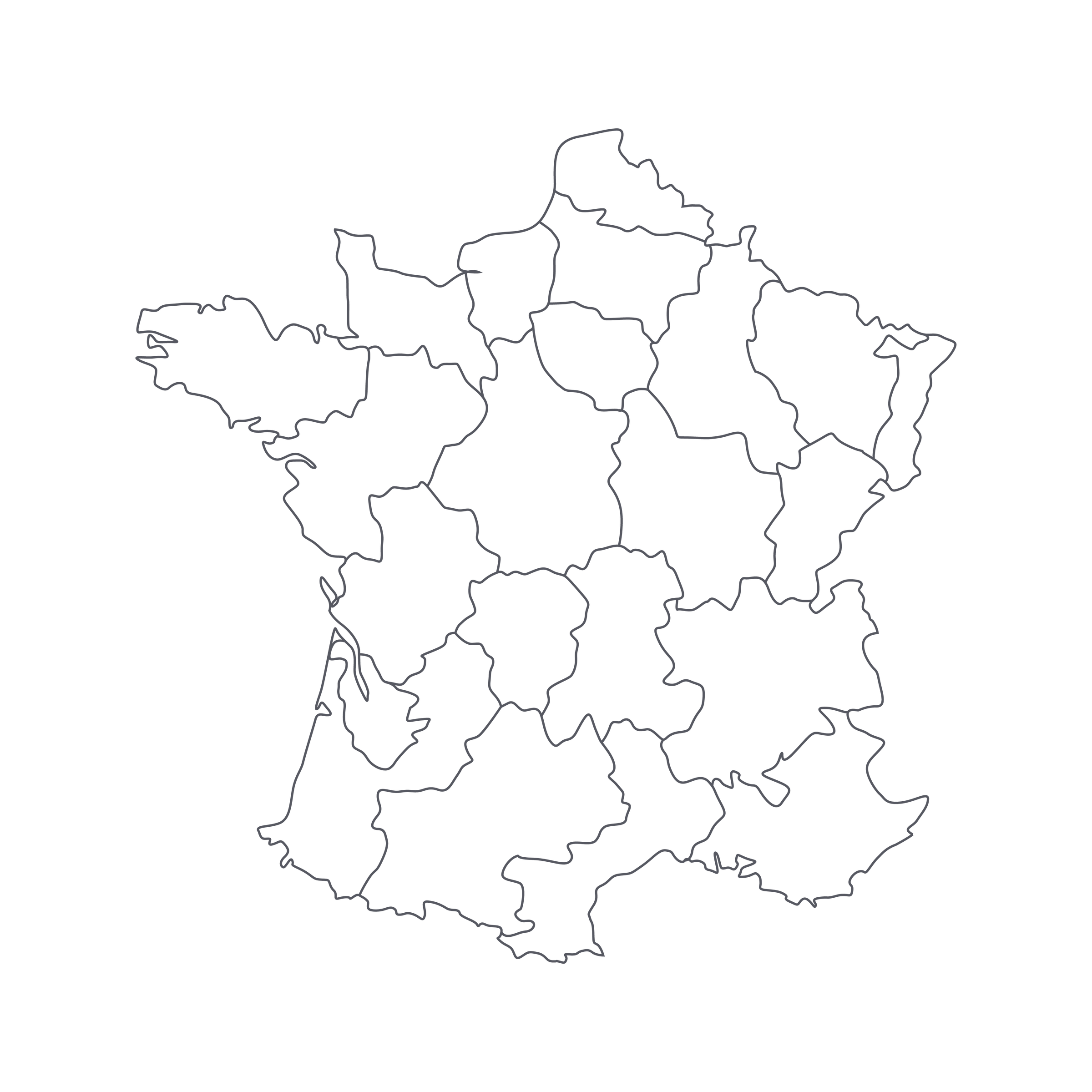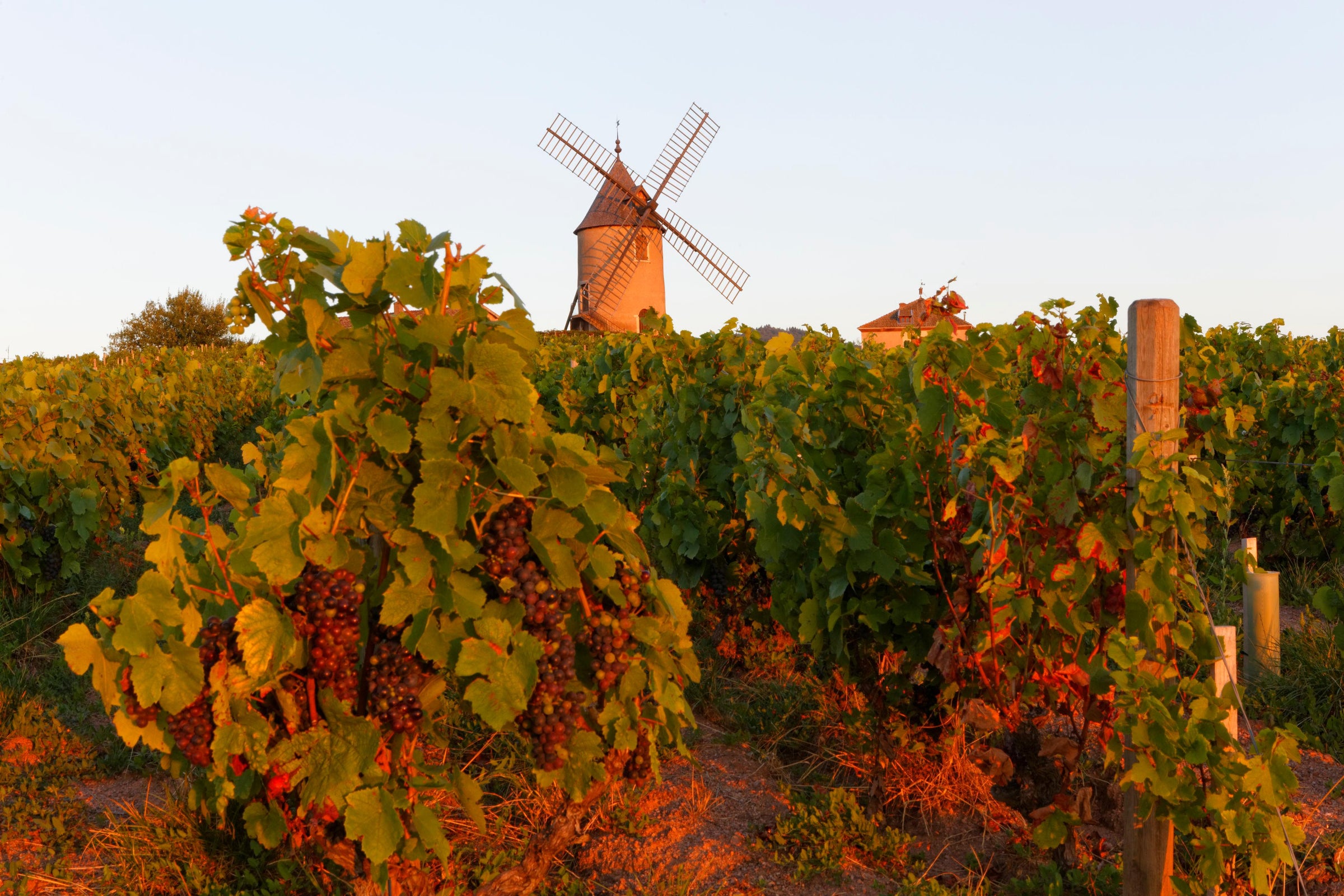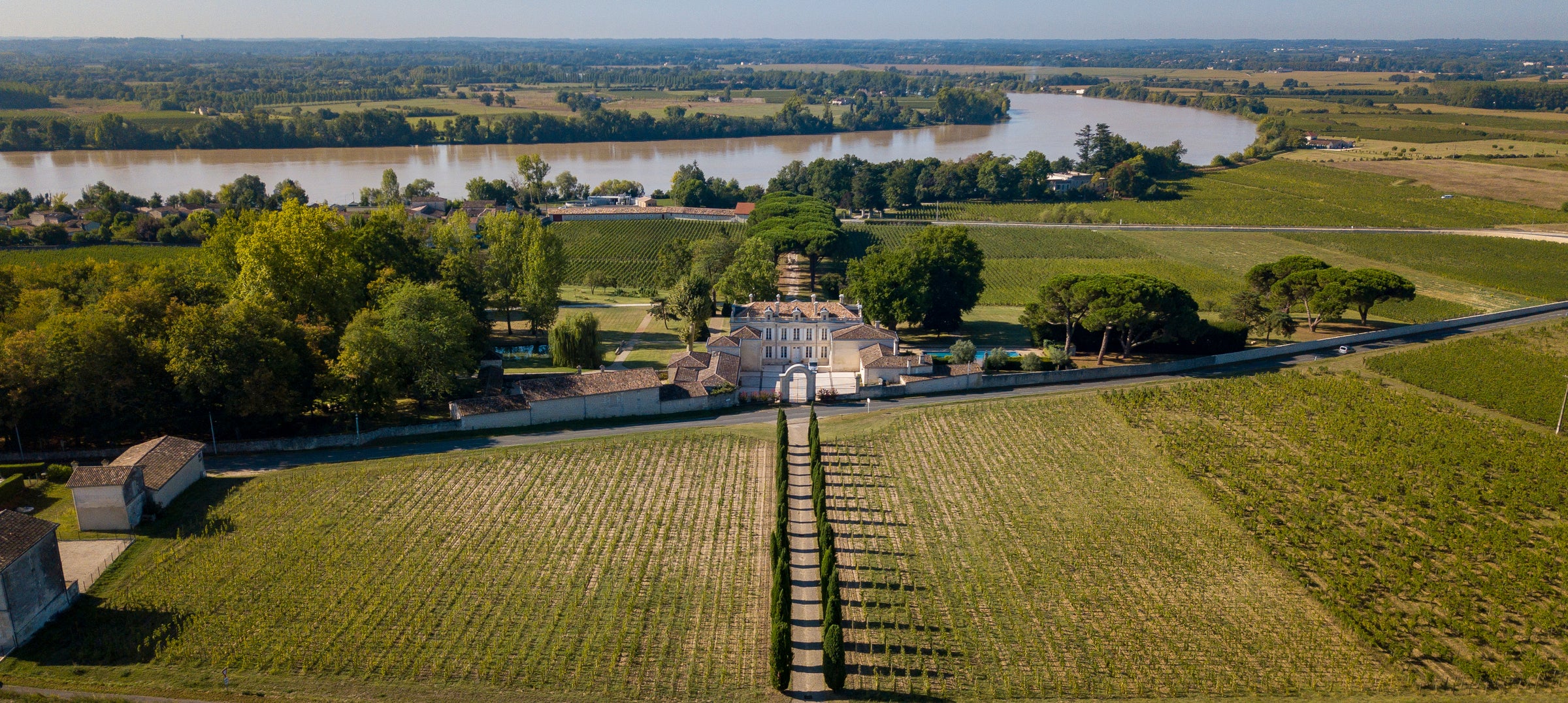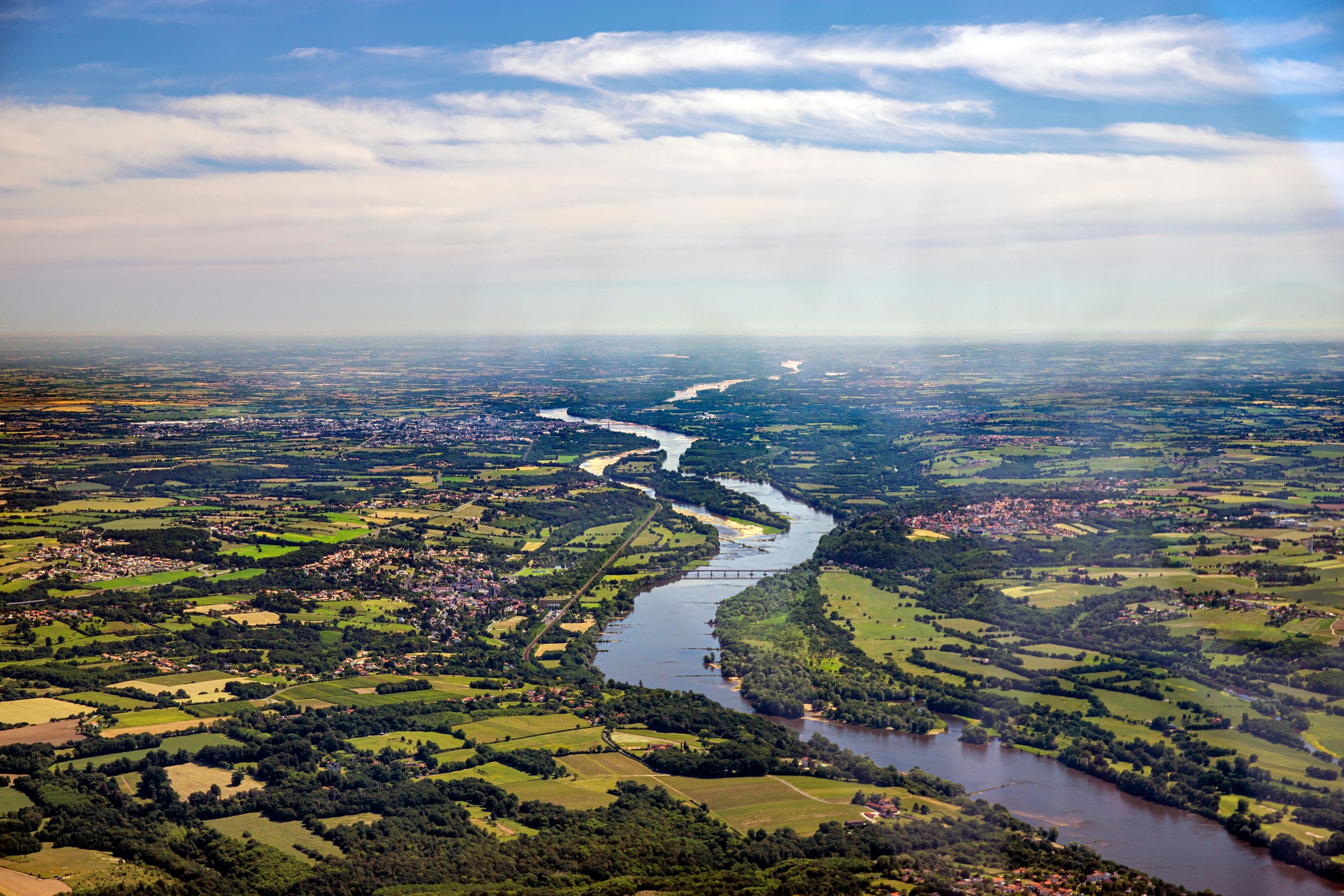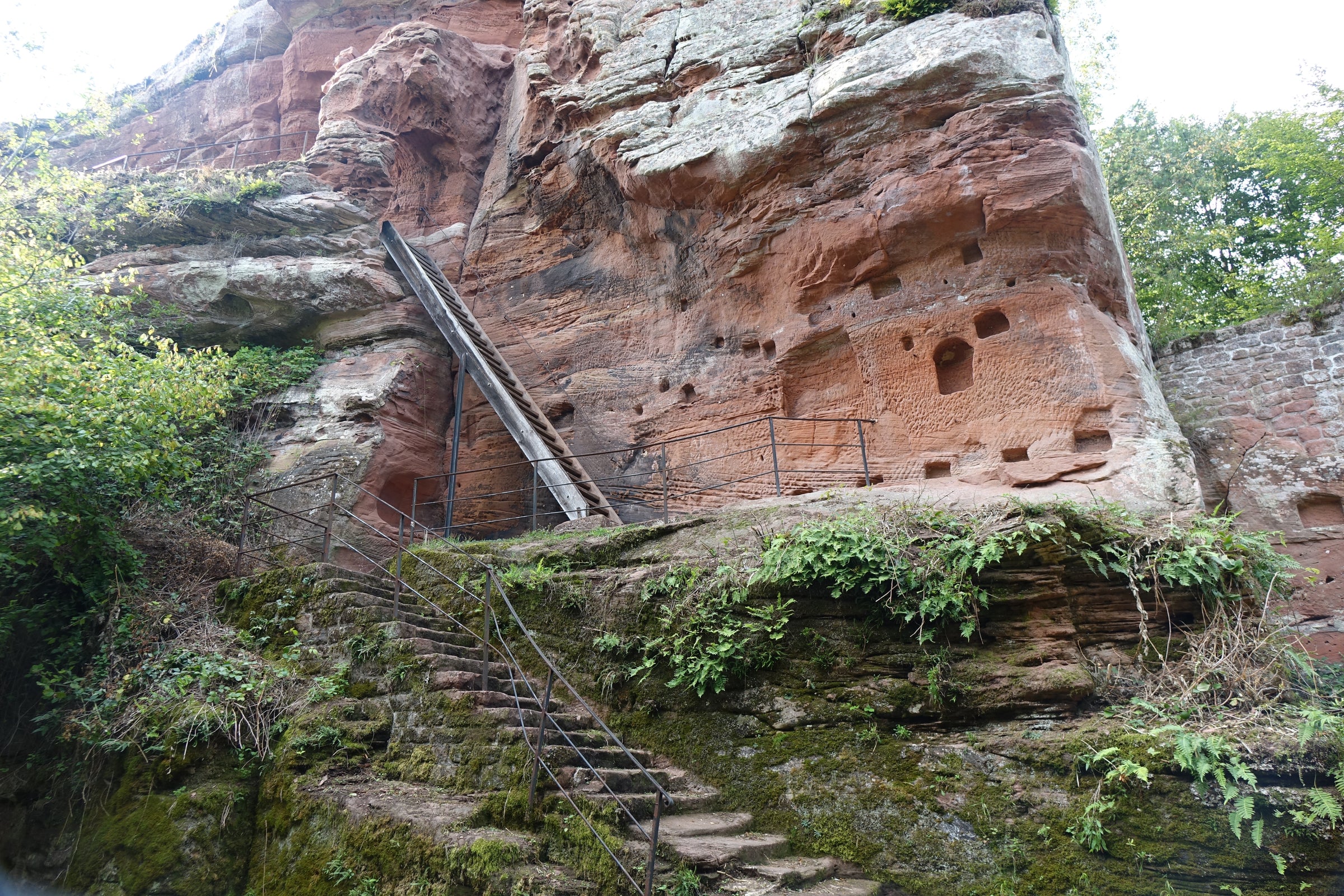As we’ve noted in previous offers, Philippe Colin is a prolific winemaker. Based in Chassagne-Montrachet, he bottles more than two dozen wines across the most famous Côte de Beaune appellations, including a very small amount—as in five barrels—of the Grand Cru Chevalier-Montrachet.
We managed to obtain a (painfully) small amount of his 2013 Chevalier-Montrachet to share with you today, because, well, no one gets a large amount of a wine like this. Whether you’re looking for a special-occasion bottle or you just live large as a general rule, this is as voluptuous and evocative as Burgundy Chardonnay gets. It is even (in the rarefied world of Chevalier-Montrachet, anyway) extremely well priced well below the norm.
Chevalier-Montrachet, one of the five Grand Crus clustered at the border of Chassagne and Puligny, sits upslope from “Le Montrachet” at an altitude of about 300 meters (it’s the highest-elevation Grand Cru in Puligny-Montrachet). If I were to pick one white vineyard in Burgundy to drink forever, this would be it, not Montrachet. I find wine from Chevalier-Montrachet to be more complex than Montrachet with a hint more acid and much more mineral complexity. If you ask many wine professionals they would agree with my sentiment. The topsoil here is extremely thin, and the limestone subsoil very deep, forcing vine roots to dig deep for nutrients—and this, coupled with the site’s altitude and southeasterly aspect, produces perhaps the most deeply concentrated Chardonnay in the entire Côte de Beaune. At just under 8 hectares in size and split among multiple owners, Chevalier-Montrachet is the definition of a “jewel-box” vineyard. Philippe Colin, for his part, farms 14 rows—yes, rows—of vines totaling about a half a hectare. The average age of these vines is about 50 years.
Colin’s holdings (which he’s since expanded) came to him after he and his brother, Bruno, divided up their family property, Domaine Colin-Deléger, in 2004. Philippe’s vineyards now total about 12 hectares across 24 (!) appellations, most of them in Chassagne but also Puligny, Saint-Aubin, and Santenay. About two-thirds of his production is white, and his farming is carried out according to lutte raisonnée (‘reasoned struggle’) principles. The Chevalier-Montrachet is fermented using ambient yeasts in stainless steel, after which it is transferred to French oak barrels of various sizes (228L, 450L and 500L; 25% new) for malolactic fermentation and aging, the latter lasting about 15 months and incorporating regular batonnage (lees-stirring).
Classic Chevalier-Montrachet has aromas we all love in the best wines of Puligny-Montrachet and Chassagne-Montrachet, but there is more of everything—including texture, complexity of fruit, and a finish that seems to go on for minutes. You will encounter flavors of bosc pear, preserved yellow apple, lime blossoms, honeysuckle, acacia flowers, wild mushrooms, warmed butter, and toasted hazelnut accented slightly and with crushed white stones and oyster shell notes. The 2013 vintage was characterized as classic—known for focused whites—and this will fit that mold, just now starting to reveal some layers after a few years in bottle. That said, it’s clear this wine has a decade or more left to go. If drinking this wine in the near future, an hour decant is advised, then serve at cellar temp and the wine will be incredible. I must note the truly great years of this wine will be between 2020 and 2025 without risking oxidation. I would always rather enjoy a great bottle of white Burgundy on its way up than on its way down, since ageing white Burgundy for many decades is a risky business. This is a Grand Cru white Burgundy that will come at you in waves; it is totally engrossing, luscious, and powerful, deserving of something richly textured and beautiful from the sea. No expense should be spared here—a fancy, Frenchified
turbot preparation is just the ticket. That’s a special occasion by anyone’s standards.


